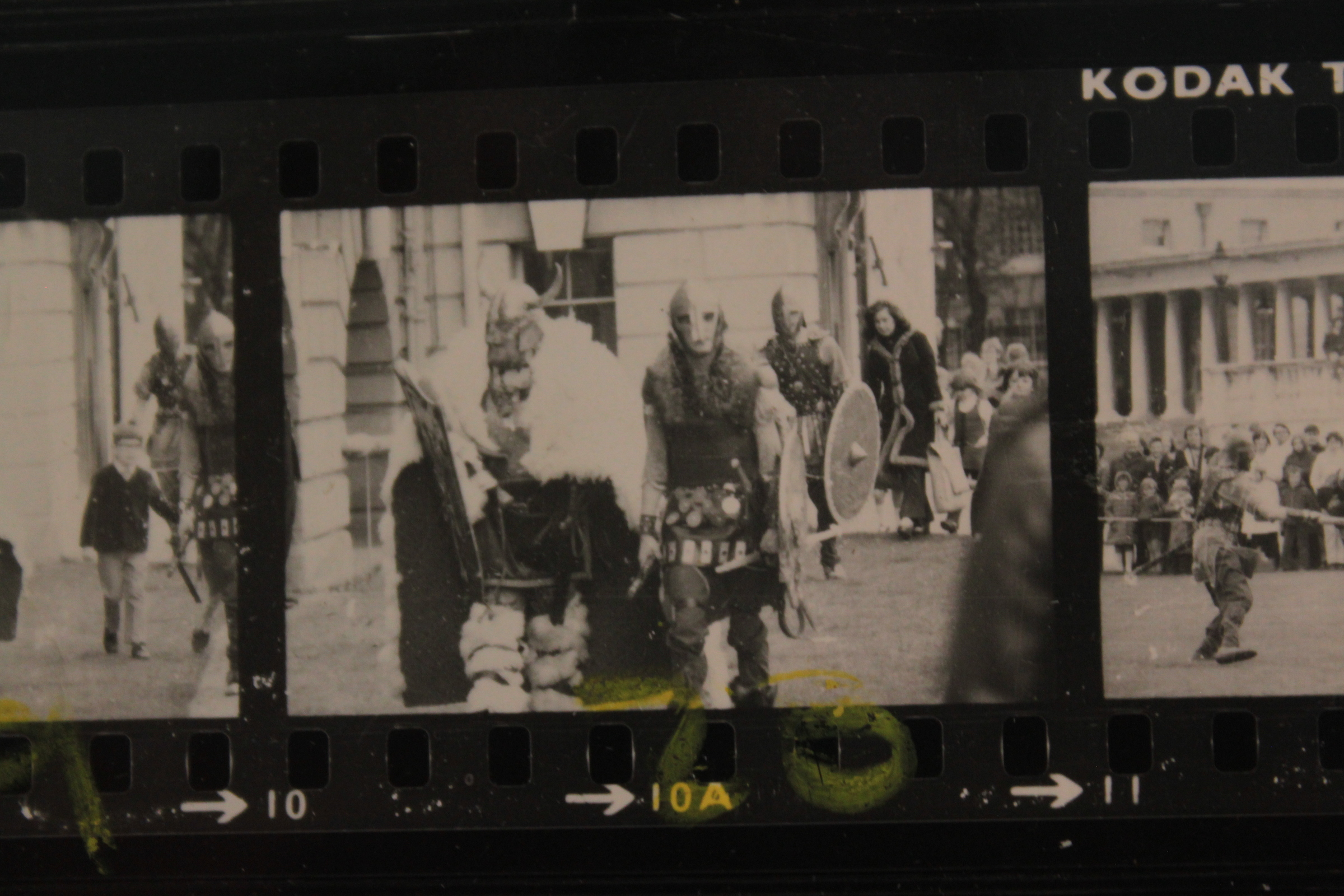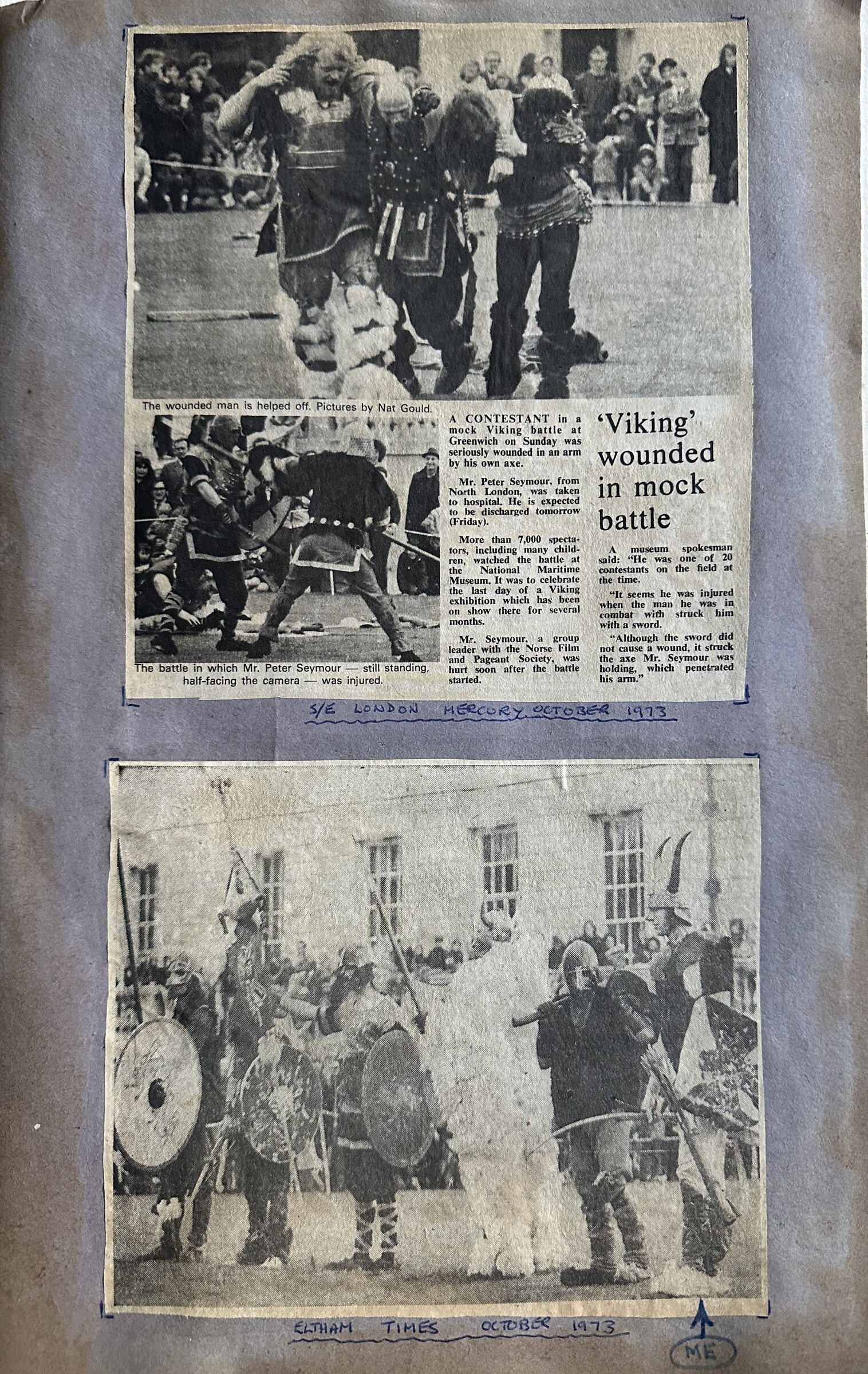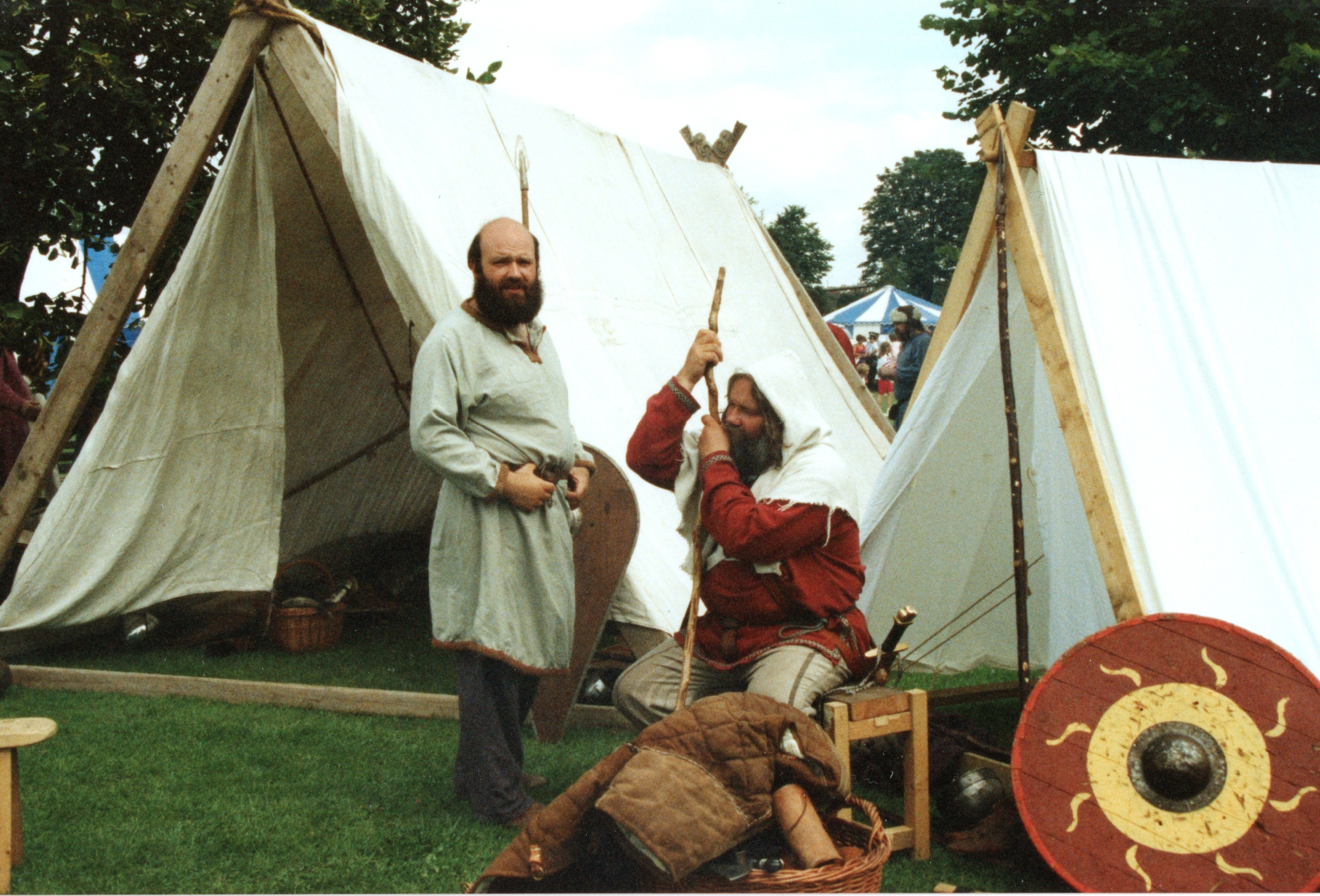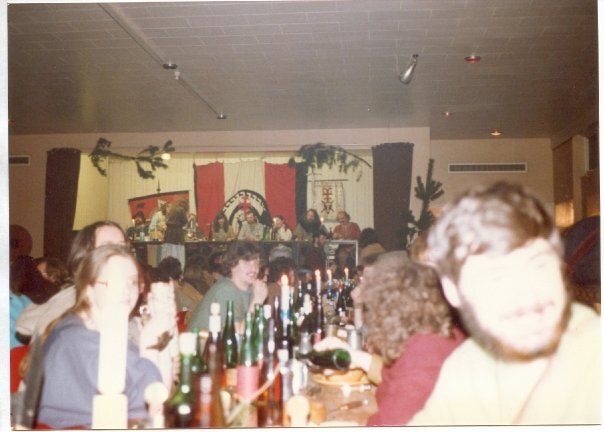Welcome to the archive! This electronic catalogue was started in January 2023 to provide a public repository for all of the material we have collected over the last 50+ years of re-enactment. As such, we've barely scratched the surface of what is held in storage boxes, never mind all of the photos and videos which have been taken of the society over those years.
As a rough estimate, we are planning for this archive to be able to support upwards of 100000 items. That's a lot of stuff - and so finding what you want may be a struggle sometimes.
Let's start with the organization of the archive...
ITEM
The basic building block of the archive is an ITEM - an item can be one of many types, such as a still image, video, printed document, poster, or even a physical thing like a badge, coin, or even a T-shirt. Items which relate to a specific place may have a location, which can be represented on a map.
Each item will normally consist of at least one file - either a photo of a physical item like a book, or one or more electronic files which represent the contents. For example, a video clip will probably have a single video file, but a DVD may have photos of the cover and back of the case, as well as a video file of the contents where possible. Similarly, a photo album might be presented as a single item with multiple image files if they are all of the same event.
Where items consist mainly of text, this will be presented as an image or PDF document, either scanned or saved from the original document. Wherever possible, text is extracted from documents and presented in a searchable electronic format - for images, simple OCR software is used to extract the majority of the text, which is then manually corrected. This allows the text to be searched for keywords, so for example a keyword search for Ilford finds a PDF document listing shows in the 1970s.
Items are then organised into COLLECTIONS.
COLLECTION
A Collection is literally that - a group of items which share a common theme. Collections can themselves contain other collections - use the Collection Tree option at the top of the page to view the structure of our collections. To get you started, here are two of our featured collections:
Our aim is to organise our collections based on the type of the material, and on where it came from - material which is contributed by individuals will be held in a collection per person, where every item in that collection is known to be owned and/or contributed by that person.
Anything which cannot be attributed to a person will instead be organised by subject - as a society which stages public events, photos and videos of our events are likely to make up the bulk of our items, and so these are organised accordingly.
Society documents, including policies, forms, guides and other publications are then kept separately. Additionally, documents from specific groups will be held in a collection per group.
ITEM TAGGING
Items have a lot of context around them - an image is just a file, but it may show several people, in a place, at a specific time. All of these are called "metadata" - data about the data file. For images, the size of the image, the photographer, the contributor, the source, any usage rights and several other things may be known about them. Some of this is automatically extracted and saved when an item is created, while other data can be added manually where it is known.
Our approach is to use tagging to describe our items in a way which makes it easy to search for related content, so for example if I want to find any item relevant to a specific person, it should be possible to search the tags for their name, and then see everything which has that tag applied to it.
As an example, here's a list of items with the tag "Greenwich"
IMG_8090.JPG Pete Seymour was seriously injured in the hand, which is seen here strapped up. He is helped from the field by Gerry East and Alan Jeffery IMG_8091.JPG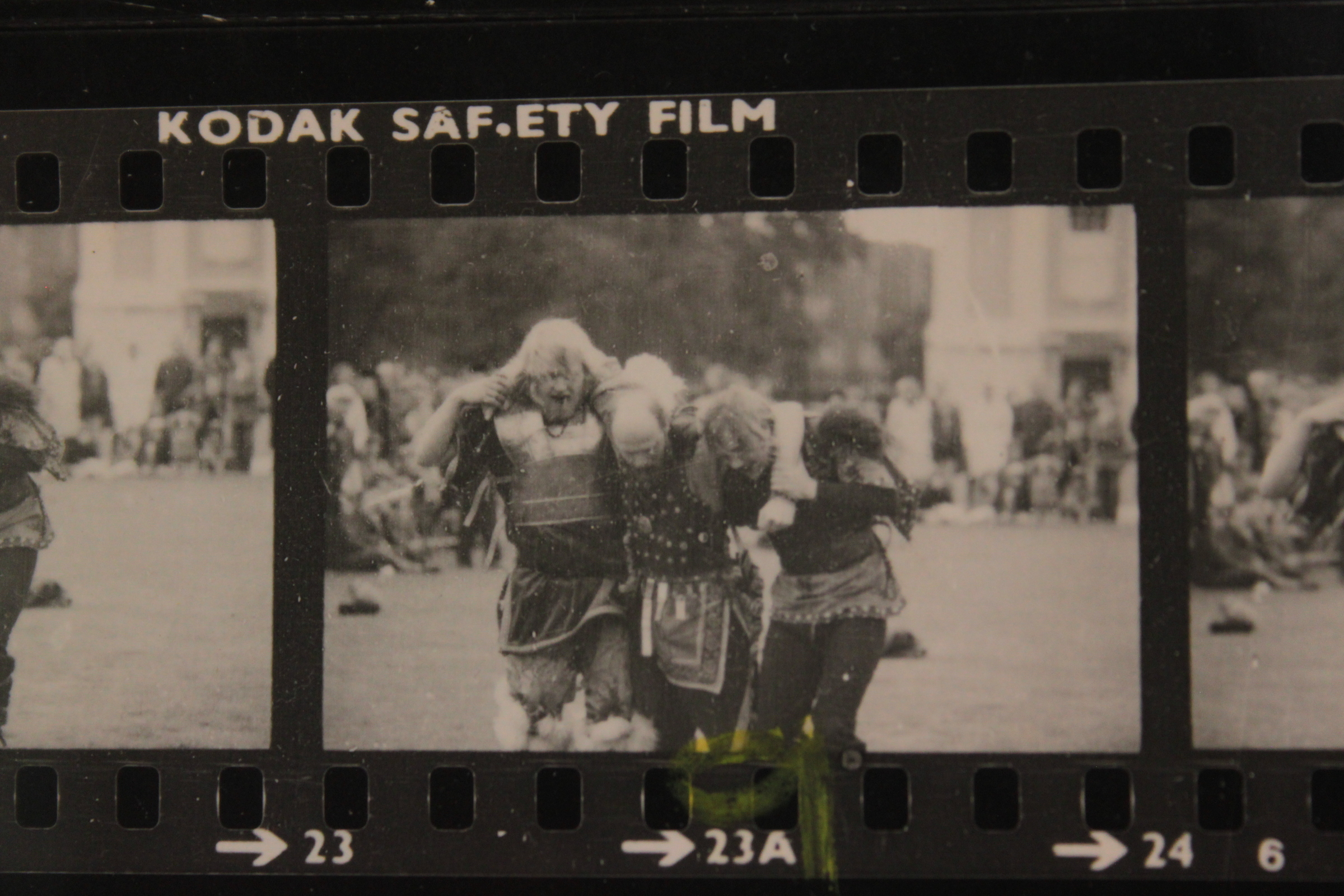 Pete Seymour was seriously injured in the hand, which is seen here strapped up. He is helped from the field by Gerry East and Alan Jeffery IMG_8093.JPG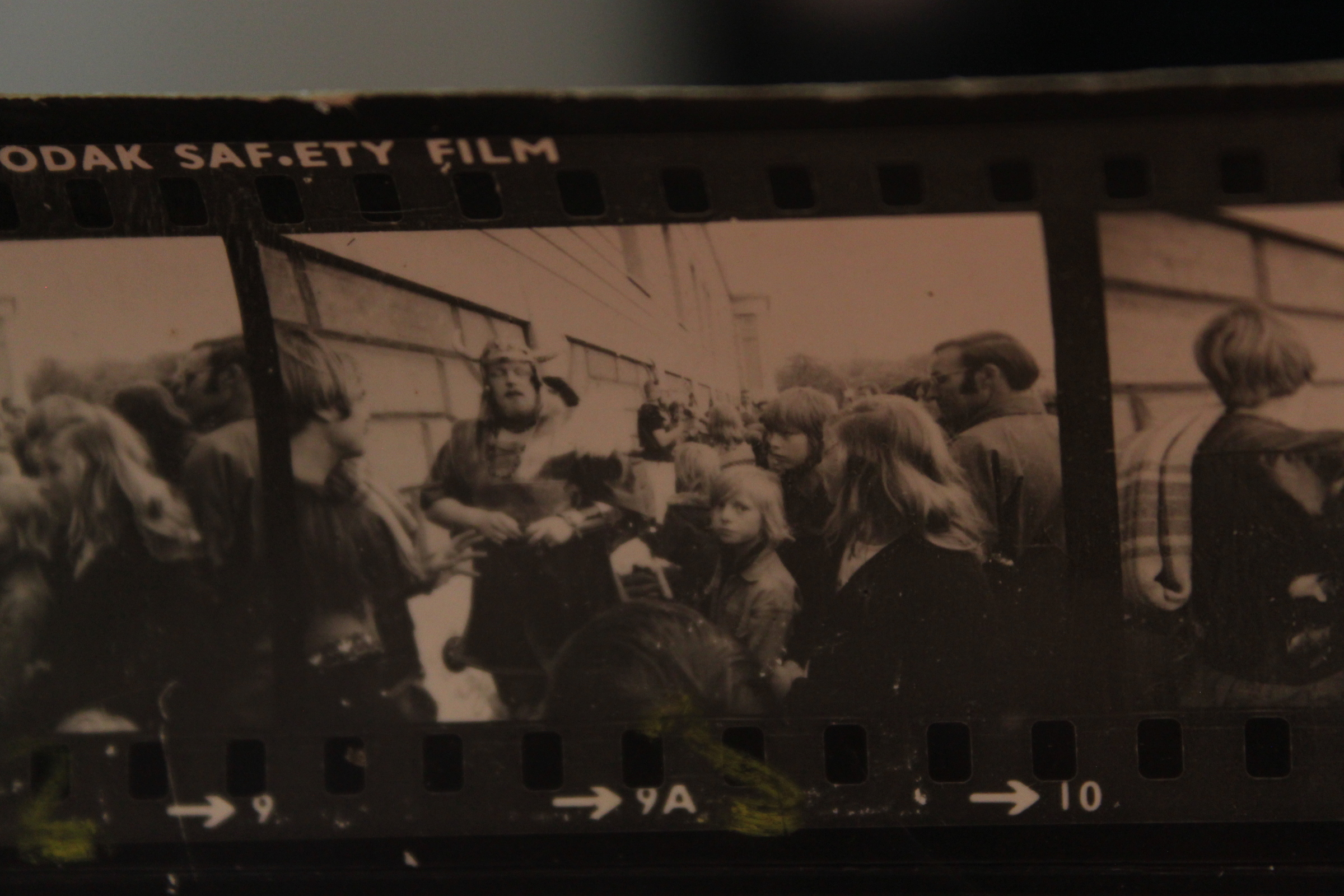 Believed to be outside the Greenwich Maritime Museum, showing members including Gerry East meeting the public IMG_8094.JPG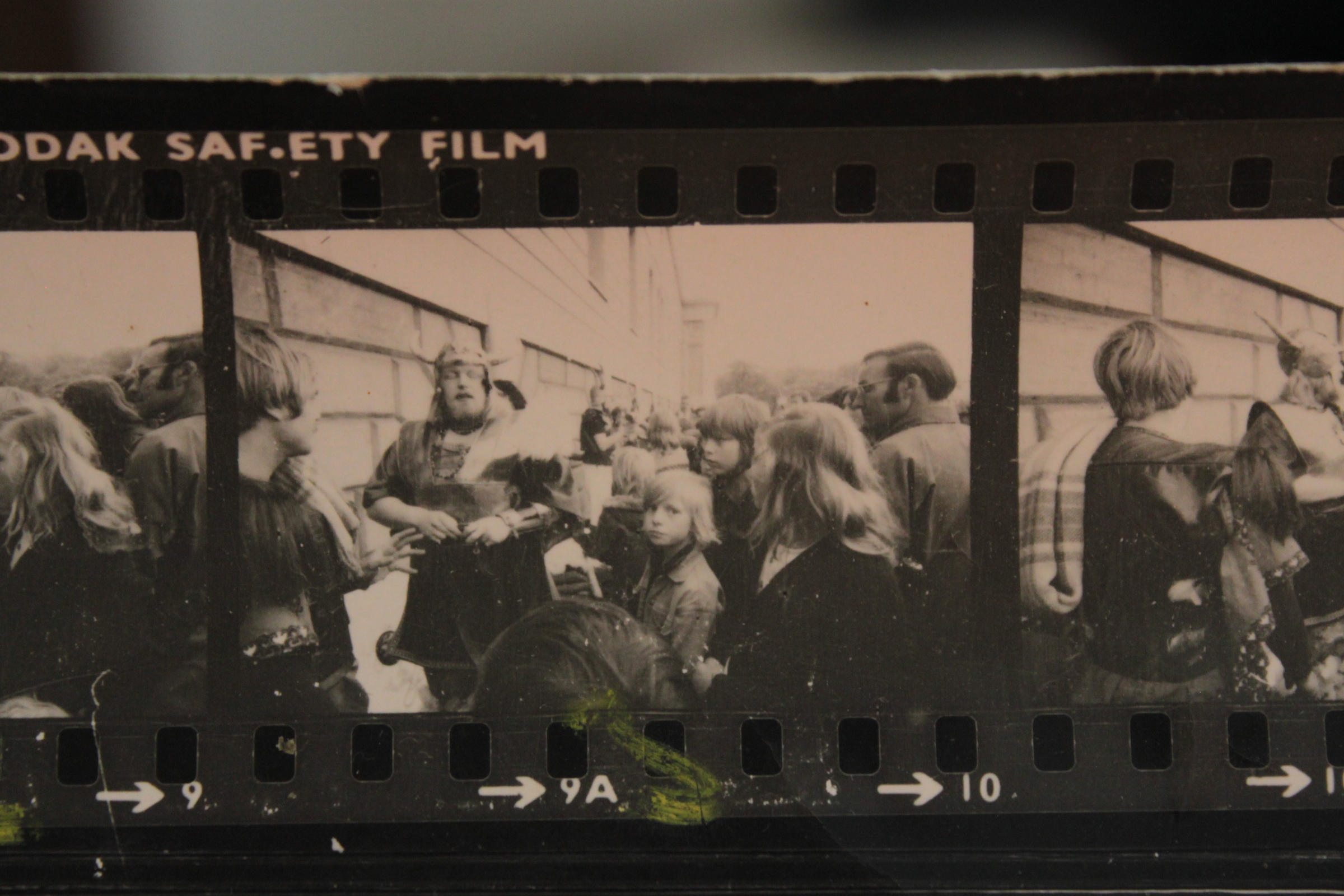 Believed to be outside the Greenwich Maritime Museum, showing members including Gerry East meeting the public |
These are the things that we will tag for items:
- people - the main subjects of photos, etc
- places - location or event name
- groups - where an item is mainly or wholly relevant to one group within the society
- specialist activities - archery, cavalry, longships, etc
- countries - for items which originate outside of the UK
Wherever possible, standard tag values are used. For people who are typically known by a nickname, this is shown in the tag, e.g. "Richard (Yak) Ellender" :
EXHIBITS
Items and Collections are all very well, but they are snapshots in time and there's a huge number of them. If you can piece them together in order, it is possible for them to tell a story, but only if some of the textual elements of that story can be added around the images, videos, etc.
An Exhibit provides this functionality - we can create a curated story, using items from within collections, and presenting them as a story which adds the context around them, and links them into a coherent whole. Our intention is to create exhibits to narrate some of the more interesting stories and events from our history, and to present them both for browsing and as a featured exhibit on a regular basis to lead regular visitors through our archive material. Exhibits will also be publicised on social media, as an easy way into our archive material, and as a way to generate interest in the site.
MAPS
All items which have a location recorded within the archive will show a map pane in the item details when the item is viewed. Additionally, the map function can be used both to visualize the geographic spread of our material, and also to search for items by location.
The Map menu above starts with a detailed map centred on Battle Abbey, and then loads the locations of all items and rescales the map to show them all. The geographic spread of our items is clearly concentrated in the UK, but there are pockets of activity across Scandinavia, and in locations further afield where either re-enactors have created groups, or where events have been held.
When searching, the map browser can be used to focus in on an area of the map, and markers will show where material is available. However, this is not intuitive, and where multiple item share a location, only one can be selected and viewed. The list on the right of the map is unfortunately of all items - not those within the map area.
Instead, searching by distance from a defined location in the Search function is likely to be more useful - as an example, a search for everything within 2 miles of Rhuddlan produces a list of many images of events at Rhuddlan Castle.




